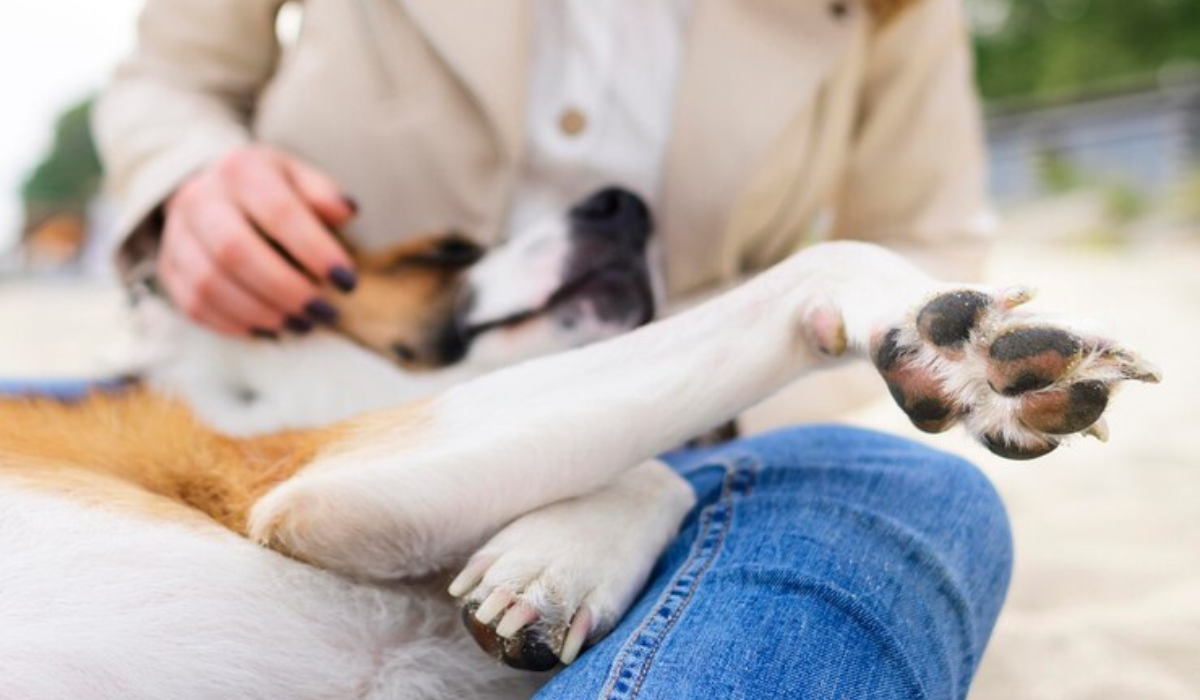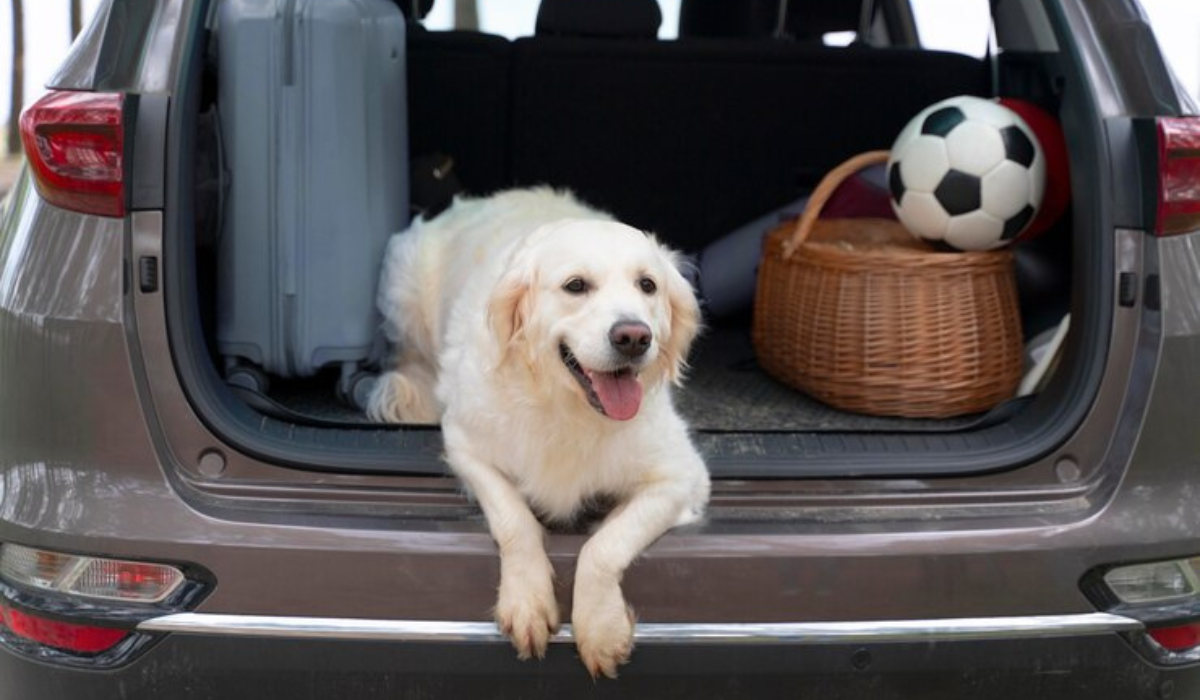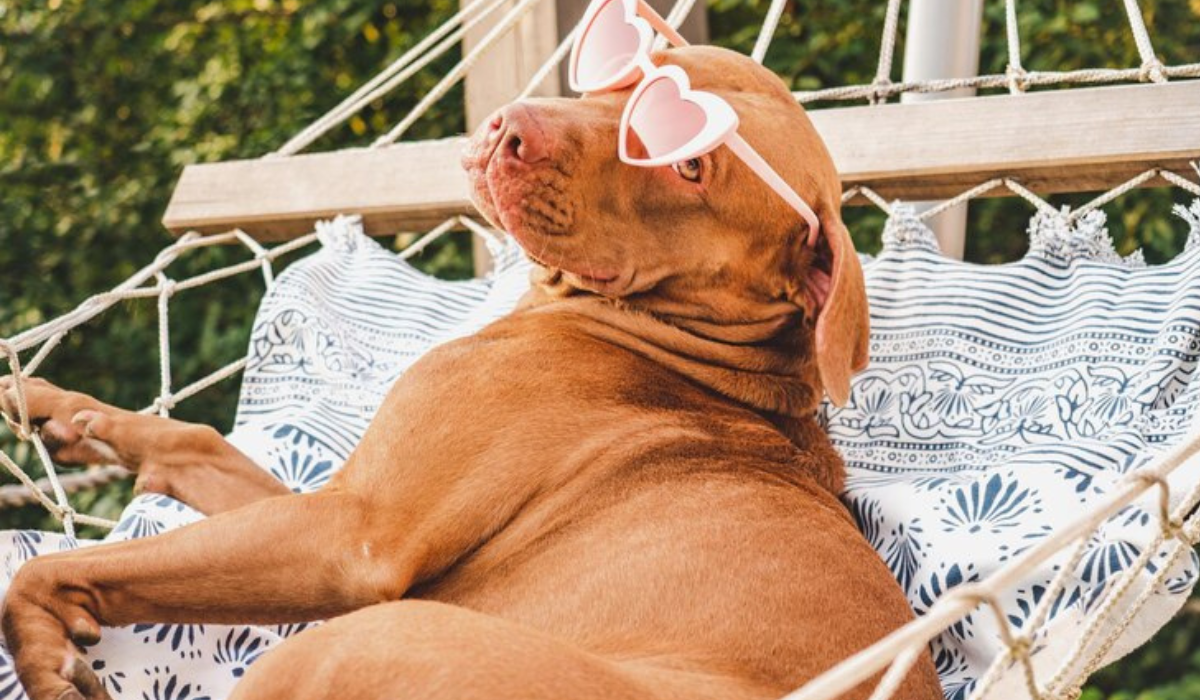Each year, up to 2 million animals are stolen, with only a small fraction returning home. It is important to take proactive measures to prevent dog theft in order to protect your furry family members. Here are some important points to keep your beloved pets safe:
1. Unfortunate Reasons for Pet Theft:
In puppy mills, stolen dogs are often subjected to unethical breeding practices.
A few are sold to research facilities, where they are experimented on.
In dogfighting rings, dogs can be used as bait or as fighters.
There is a possibility that stolen animals will end up on the market, unknowingly becoming part of a profit-driven cycle.
2. Animal dealers’ role:
Laboratory and wholesale sales of animals are regulated by the USDA, which requires licenses.
Breeding facilities are run by Class A dealers, while “random sources,” such as backyards where dogs are stolen, are used by Class B dealers.
Animals can suffer terrible conditions at the hands of class B dealers who are driven by profit.
3. Measures to prevent dog theft:
Indoors is the best place for your dog:
-
To prevent opportunistic theft, keep your dog indoors when you’re not home, even if your yard is fenced.
Install an alarm or bell:
-
If you want to keep track of visitors and trespassers on your property, install alarms or bells on your gate.
Identify yourself properly:
-
If your dog escapes, make sure he has proper identification, including an ID tag and a microchip.
Leash your dog with a sturdy leash:
-
To prevent snatching, use a sturdy leash when walking your dog.
Tieing your dog is not a good idea:
-
You should not leave your dog tied in public places while running errands.
You should never leave your dog alone in a car:
-
Keep your dog safe in a car by never leaving it alone.
Be vigilant:
-
Keep an eye on your pet when it is outdoors and contact the police if you see anything suspicious.
Your dog should be spayed or neutered:
-
Eliminate resale value for breeding purposes and reduce wandering.
Preventing Dog Theft at Home and on Walks:
Make sure your garden is secure:
-
Ensure that your outside space is secure by checking and strengthening fences and gates.
-
For added awareness, consider using bells or padlocks that are alarmed.
Keep an eye on your dog:
-
Make sure your dog doesn’t roam freely in an unsecured garden, especially when you’re not there.
-
To prevent theft and hazards, keep an eye on them.
Having a well-lit garden is important:
-
Ensure your dog’s garden is well-lit for nighttime walks.
Take steps to secure your home:
-
While you’re away or occupied in another part of the house, don’t leave windows and doors open.
-
Make sure your home is secure to deter all types of thieves.
Caution on social media:
-
You should be careful what you post on social media to avoid inadvertently attracting thieves.
-
Don’t check in at locations when your pet is alone, especially when your profile is private.
Keep an eye out:
-
Be aware of any unusual activity or unfamiliar vehicles in your neighborhood.
-
Observe potential signs of intrusion or scouting.
Walking your dog safely:
You should keep your dog with you at all times:
-
Don’t leave your dog unattended outside shops or in a car.
-
When you run errands, keep them with you or secure them at home.
Supervision of adults:
-
Maintain control over the dog during walks by ensuring an adult is in charge.
-
Prevent accidental leash drops by training young handlers.
The training process:
-
Even when your dog is off leash, you can train him to recall reliably.
-
Treats can be used to encourage prompt responses.
Routines should be changed:
-
Avoid predictability by varying your walking routines.
-
Keep walks interesting by exploring new places.
Don’t be afraid to follow your instincts:
-
If you feel uneasy, move to a safer space.
-
Ensure your dog’s safety as well as your own.
Caution when tagging locations:
-
While walking, avoid tagging your location on social media.
System of buddying:
-
For added safety, walk with a friend or fellow dog owner.
It is best to avoid isolated areas:
-
Take a route with more traffic or in an area where there are more dog walkers or people.
Theft of dogs can be prevented by following the following steps:
The microchip:
-
Make sure your pet is microchipped and has up-to-date contact information.
Tags and collars:
-
Your dog must wear a collar and tag with current information to comply with legal requirements.
Tracker with GPS:
-
You can monitor your dog’s location in real time by attaching a GPS tracker to his collar.
The photos are:
-
For identification purposes, keep recent photos of your dog.
Apps for monitoring pets:
-
When you’re away, check on your dog using pet monitoring apps.
Stolen Dog Report:
-
You can report a missing dog on national stolen dog websites, community forums, and local veterinary practices.
Taking these comprehensive measures can help pet owners dramatically reduce the risk of dog theft and ensure a swift response if their beloved companion goes missing. The safety and well-being of our four-legged friends depends on our vigilance at home and in public places.








